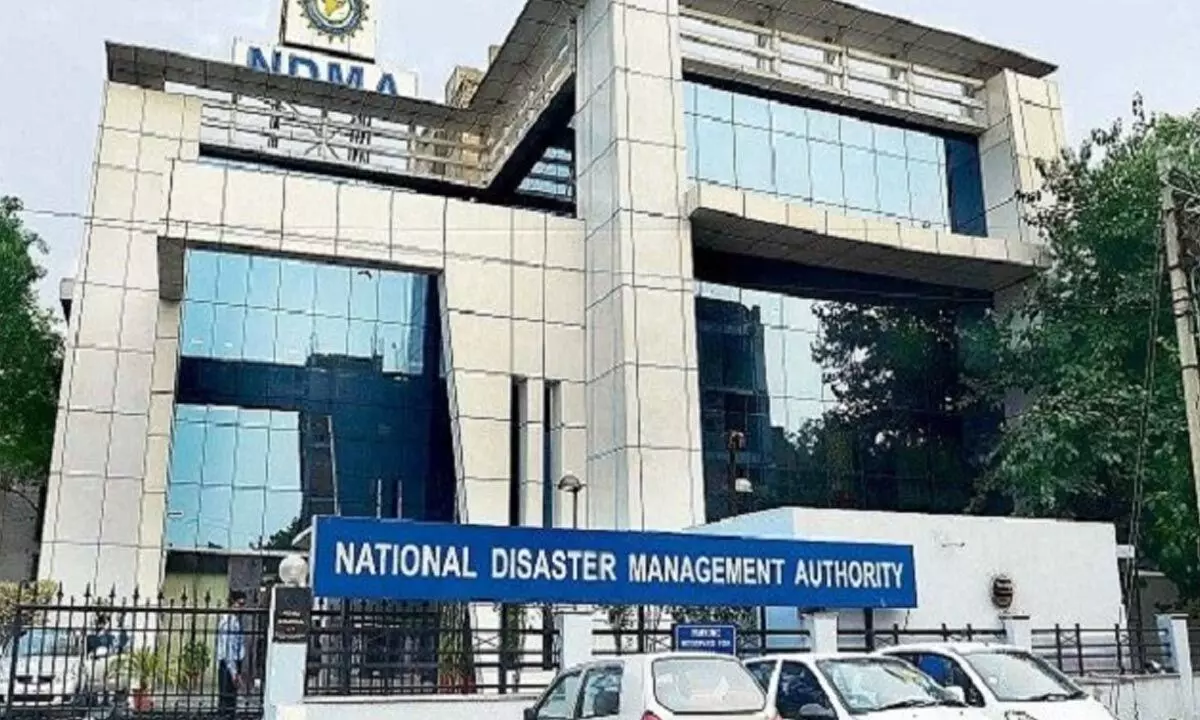India should evolve a foolproof disaster management mechanism
Disaster management mechanism and policies have undergone many changes over the years since the 2001 cut-off year when earthquake of severe magnitude struck the Kutch region.
image for illustrative purpose

Disaster management mechanism and policies have undergone many changes over the years since the 2001 cut-off year when earthquake of severe magnitude struck the Kutch region. The tremors lasted just two minutes, but left nearly 20,000 people dead and around 1.67 lakh injured with over a million structures destroyed. The ancient city of Bhuj was flattened. It was only after this calamity that a hazard-risk and vulnerability atlas, the first of its kind in the country, was developed. The model served as a paradigm for building a national response to variegated calamities. Almost two decades’ later, cyclone Amphan, which has devastated millions of lives in the Sundarbans, has again thrown more than one question-have we done all the right things? Have we faltered somewhere and if so, where? What more needs to be done? What is the way forward?
Lest one forgets, over 58.6 per cent of the landmass is prone to earthquakes; over 12 per cent of the land to floods; nearly 5,700 km of the 7,516-km-long coastline to cyclones and tsunamis and 68 per cent of the cultivable area is vulnerable to droughts. The hilly areas are at risk from landslides and avalanches and the threat of chemical, biological and nuclear emergencies has increased.
Having said so, one must also remember that post-Kutch earthquake and subsequent disasters, India was quick to adopt and align its priorities with Hyogo Framework for action that re-emphasises the need to build resilience of the community to disasters. To address these issues on a scientific note, we had the National Disaster Management Act was enacted in 2005, the National Disaster Management Authority (NDMA) and the National Disaster Response Force (NDRF). Over the past few years, early warning, information management and weather forecasting systems have been evolved by the Indian National Centre for Ocean Information Service. The Indian Meteorological Department has revolutionised weather monitoring, thanks to remote sensing techniques. ISRO came up with a comprehensive space-based disaster management system. Community-based disaster risk management programmes for those living in remote and high-risk areas to tackle calamities were organised. Vulnerable public buildings have been retrofitted and evacuation plans are in place with a mission to reduce the loss of property and lives.
Generally, the geophysical setting with unplanned and inadequate developmental activity is often a cause for increased losses during disasters. As regards India, the contribution of high population density, which in turn results in escalating losses, deserves to be noted. This factor sometimes tends to be as important as physical vulnerability attributed to geography and infrastructure alone. Many parts of the Indian sub-continent are susceptible to different types of disasters owing to the unique topographic and climatic characteristic
With the threat of Mocha cyclone looming large, the powers that be must remember that India is one of the most vulnerable regions in this regard. Thus, natural disaster management should emerge as a priority for the country. Going beyond the historical focus on relief and rehabilitation after the event, India must look ahead and plan for disaster preparedness and mitigation, in order that the periodic shocks to our development efforts are minimized.

